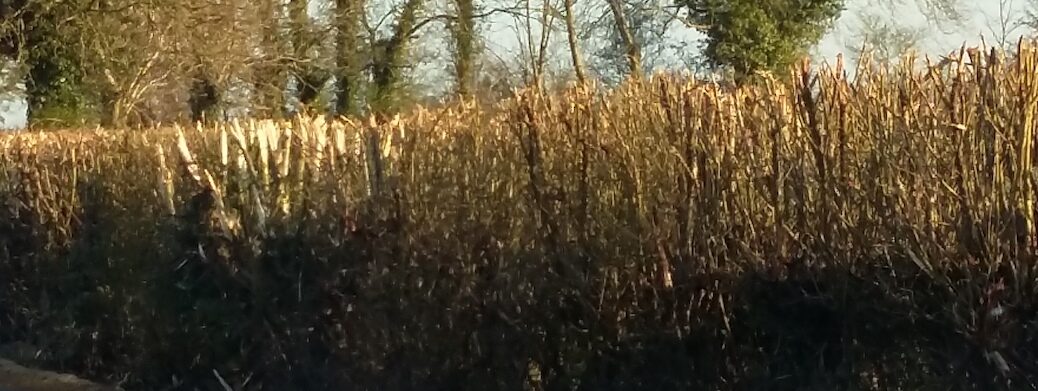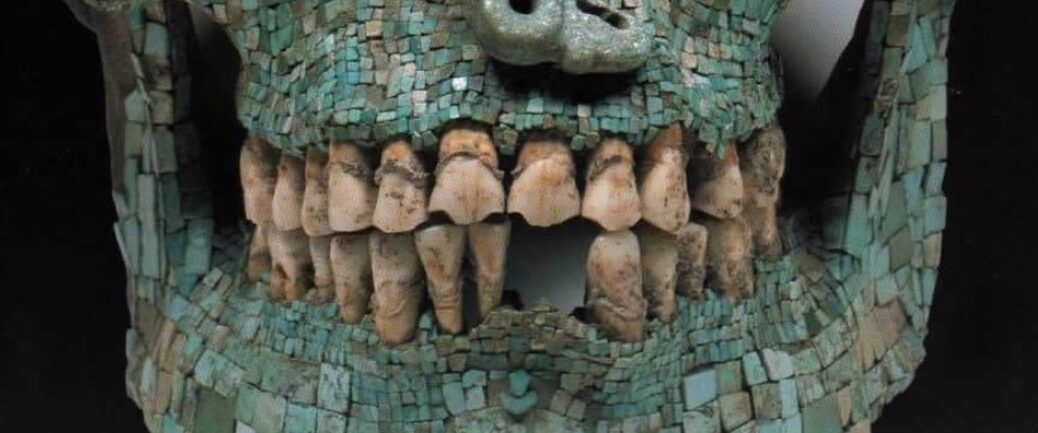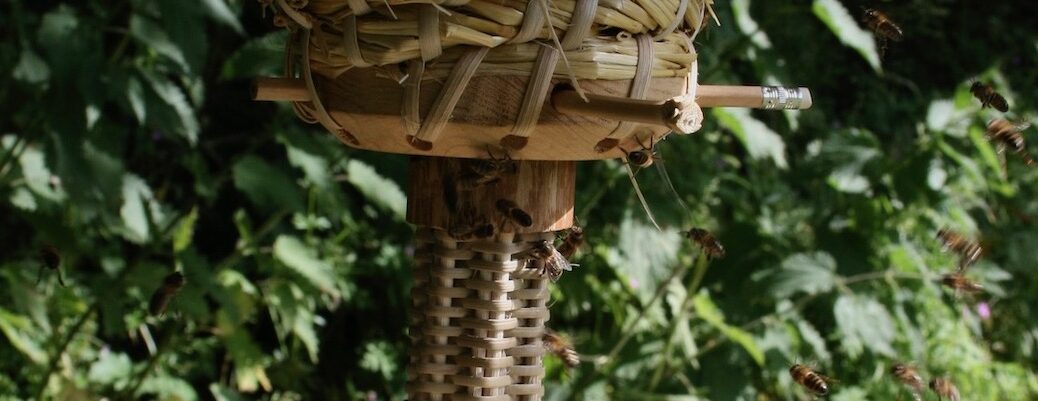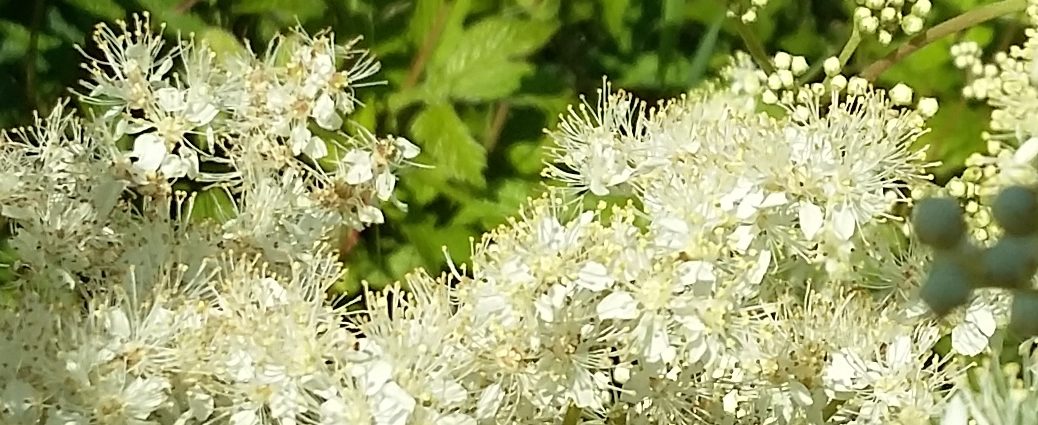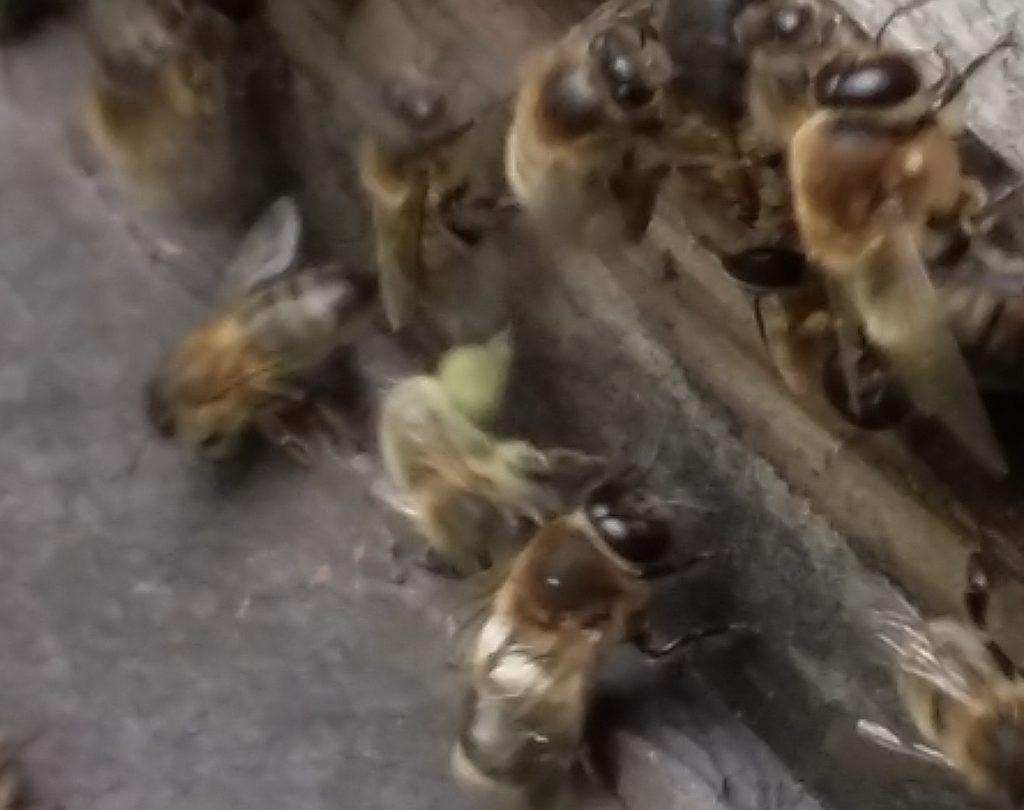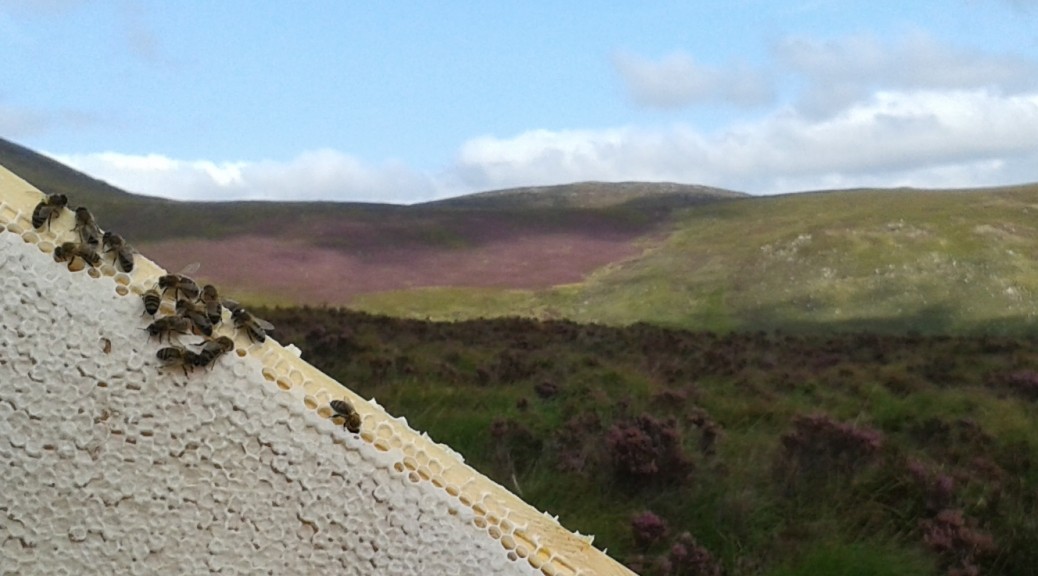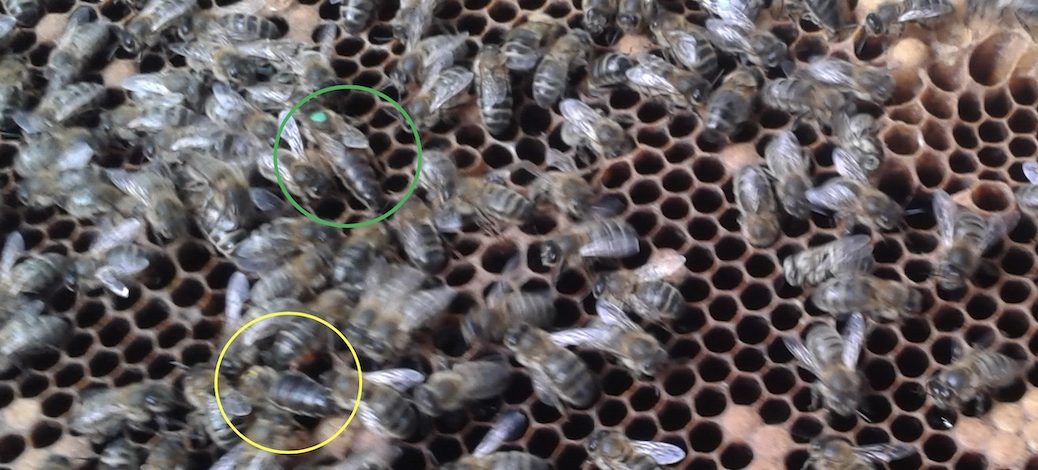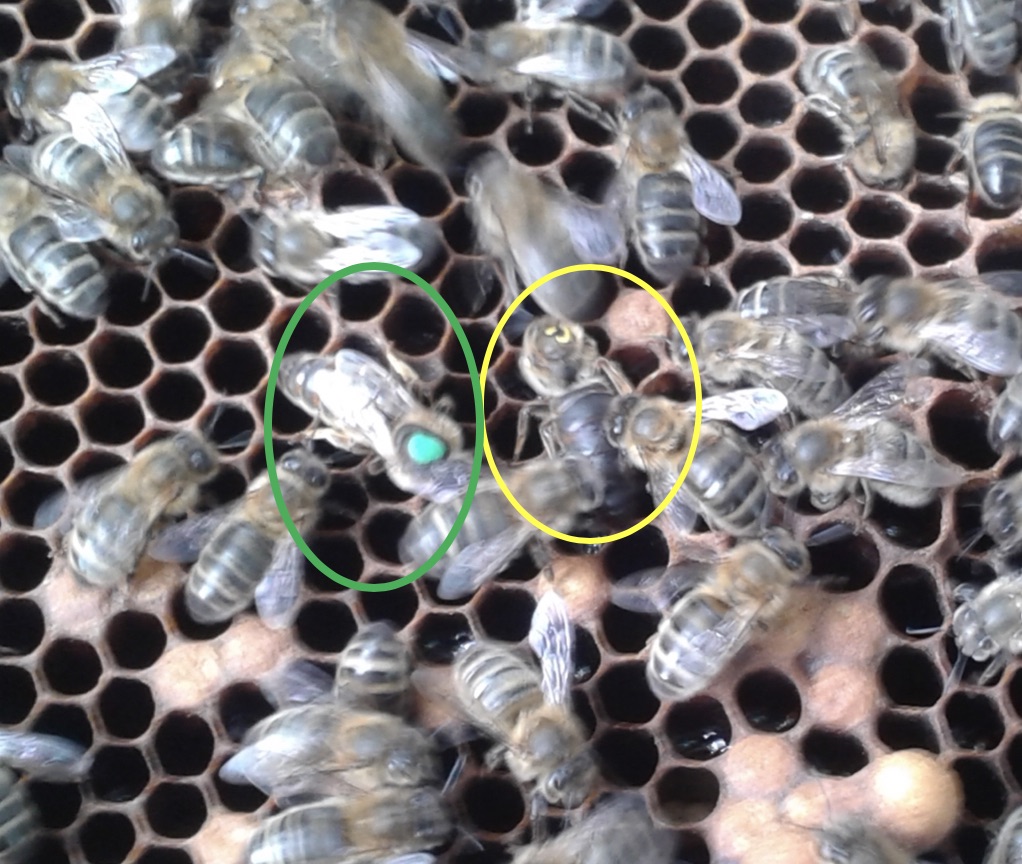There is a cult of ignorance at work in the United States, and there has always been. The strain of anti-intellectualism has been a constant thread winding its way through our political and cultural life, nurtured by the false notion that democracy means that “my ignorance is just as good as your knowledge”.
Does that strike any chords out there?
When Isaac Asimov wrote those words in 1980 – he was talking about the United States but it suits certain Govenment Departments much closer to home.
If the cap fits…
Nice work chaps!


